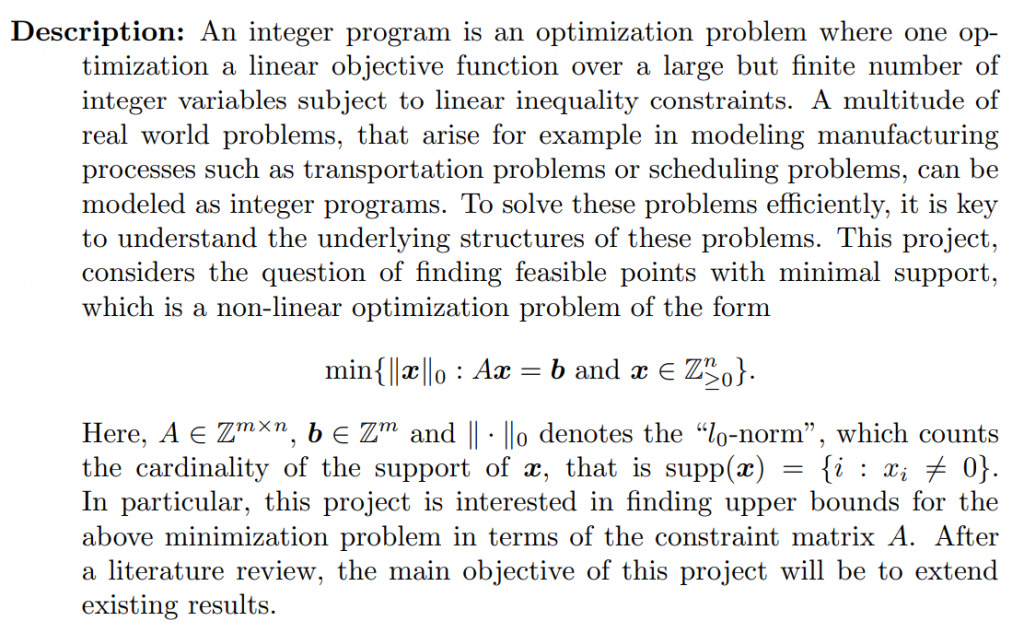Title of project: Holography and quantum error correction
Code: PN2122B
Supervisor: Dr P. Naaijkens
Project description: Error correction is indispensable in modern computers to ensure a fault-tolerant operation. This is true even more so for quantum computers. Not only are quantum systems more susceptible to noise due to their delicate nature, a single qubit (the quantum analogue of a bit), can undergo a continuum of possible errors. Nevertheless, it is possible to design quantum error correcting codes that tackle this issue. Moreover, if one can make the individual components of a quantum computer (a ‘quantum gate’) good enough, it is possible to build a fault-tolerant computer that can correct all kinds of errors. An interesting class of examples come from ‘holography’, where the bulk of a physical system is described completely by what happens on the boundary. An example is the so-called ‘HaPPY code’, which provide a toy model for the AdS/CFT correspondence in physics. The key point of the latter is a bulk-boundary correspondence, where the behaviour in the bulk of a system is completely determined by what happens at the boundary. In the HaPPY code, this can be understood as a consequence of error correcting properties. In this project you will look at the main features of such holographic quantum codes and study them in a mathematical setting. A non-technical introduction can be found at https://www.quantamagazine.org/how-space-and-timecould-be-a-quantum-error-correcting-code-20190103/ Knowledge of quantum mechanics is not required for this project, but the student is advised to take MA4016 concurrently with this project.
Project offered as a double module, single module, or both: Double
Prerequisite modules: MA3005 Functional and Fourier Analysis, not necessary, but helpful: MA3007 Coding Theory
Recommended module for concurrent study in year 4: MA4016 Quantum Information
Number of students who could be supervised on this project: 1
Year: 4

